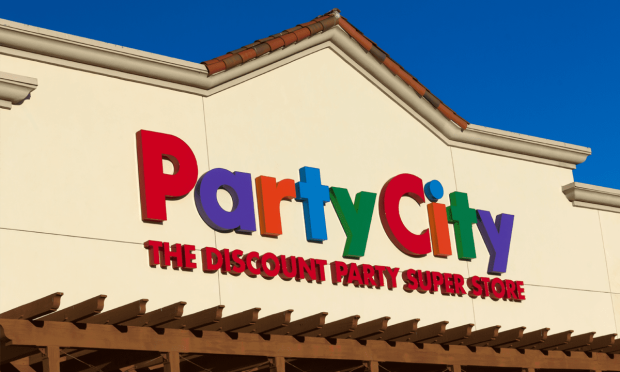Party City Says Halloween Sales at ‘Lower End of Expectations’

Consumers purchased Halloween decorations at a lukewarm rate in October and retailer Party City expects that to continue for the rest of the year.
For the quarter ended Sept. 30, the company recorded a year-over-year decline of 1.6% in total net sales. Party City attributed the slowdown to the inflationary pressures that are impacting its customers, according to a Tuesday (Nov. 8) press release.
“While our overall enterprise-wide Halloween sales results were up year over year, they came in at the lower end of our expectations as macro pressures impacted customers’ ability and willingness to increase spend on Halloween celebrations,” Party City CEO Brad Weston said in the release.
“Looking ahead, we anticipate the current macro backdrop to persist and are taking action to best position the business in this environment and for the longer term,” Weston added.
Aiming to achieve $30 million in cost reductions in 2023, the company has reduced its corporate workforce by 19% both by eliminating positions and not filling vacant positions.
During the quarter, Party City also continued growing its additional sales channels, according to a presentation released in conjunction with the call.
The company opened 149 Halloween City pop-up stores — up from 90 last year — and said it is “bullish” about its ability to increase sales and profitability through this channel. In addition, the company’s digitally enabled sales now account for 13% of its retail sales, according to the presentation.
“Customers continue to take advantage of our omnichannel capabilities and the convenience of multiple fulfillment options,” Weston said Tuesday during the company’s quarterly earnings call.
Speaking of the pop-up stores, Weston said during the call that the company “continues to see the immersive pop-up experience as a great complement to our Party City stores.”
Looking ahead, Party City expects inflationary headwinds to continue through the remainder of the year and projects that its net sales for the full year will be within a range of 1% lower to 1% higher than last year.
“Despite the transitory cost headwinds that continue to pressure our bottom line, our transformation work is driving improved results versus the pre-pandemic period as we make progress against our product, inventory management, supply chain, and IT systems and infrastructure initiatives,” Weston said.
For all PYMNTS retail coverage, subscribe to the daily Retail Newsletter.